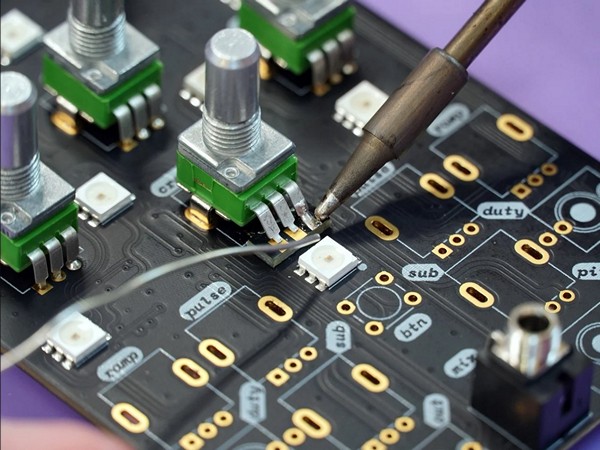India's Semiconductor Surge: Overcoming Challenges to Thrive
India's semiconductor industry is expanding but faces hurdles like supply chain gaps, talent shortages, and stiff global competition. Yet, with strong engineering talent, government support, and strategic investments, India aims to establish a sector capable of competing with major global hubs.

- Country:
- India
India's burgeoning semiconductor industry is at a crossroads, striving to overcome substantial challenges such as a nascent supply chain, a dearth of specialized manufacturing talent, and stiff international competition, according to a comprehensive report by Jefferies. Despite these obstacles, the report underscores India's considerable advantages, including a robust engineering talent pool and vigorous government backing, which are pivotal in its quest to create a competitive semiconductor ecosystem.
The Jefferies report elaborates on the industry's formidable challenges, emphasizing the scarcity of crucial raw materials like silicon wafers, high-purity gases, and specialty chemicals indispensable for chip production. Although India boasts a thriving chemical and gas manufacturing sector in regions such as Gujarat's Dahej, there remains a pressing need to augment capabilities to produce semiconductor-grade materials. In response, the government is prioritizing the entire semiconductor supply chain's development to lessen import reliance.
India claims nearly 20% of the global semiconductor design workforce, a testament to its prowess in chip design. However, the country faces a notable skills gap in fabrication and testing. To address this, initiatives are underway to enhance skill development, with industry-university collaborations aimed at creating specialized courses. Yet, India faces fierce competition from established semiconductor giants like China, Singapore, and Taiwan, countries that have spent decades perfecting their ecosystems.
Amid escalating strategic interest in semiconductors and supply chain security, governments worldwide, including India's, offer incentives to draw in chip manufacturers. While India has successfully attracted some investment, building advanced fabrication facilities brings risks such as initial production hurdles and achieving economies of scale.
The future of India's semiconductor sector hinges on sustaining long-term chip demand, both domestically and internationally, and grappling with rapid technological evolution. India is still working on its first fabrication facility while global firms advance in chip miniaturization. Despite these formidable challenges, with strategic government support, industry collaboration, and R&D investments, India is poised to establish a comprehensive semiconductor ecosystem and emerge as a key player on the global stage.
(With inputs from agencies.)










